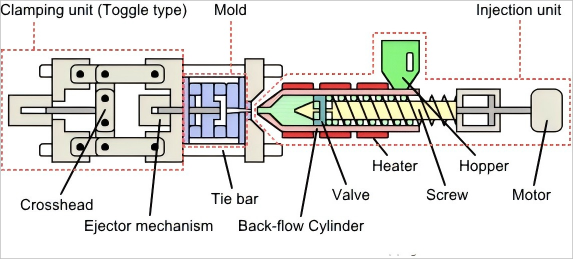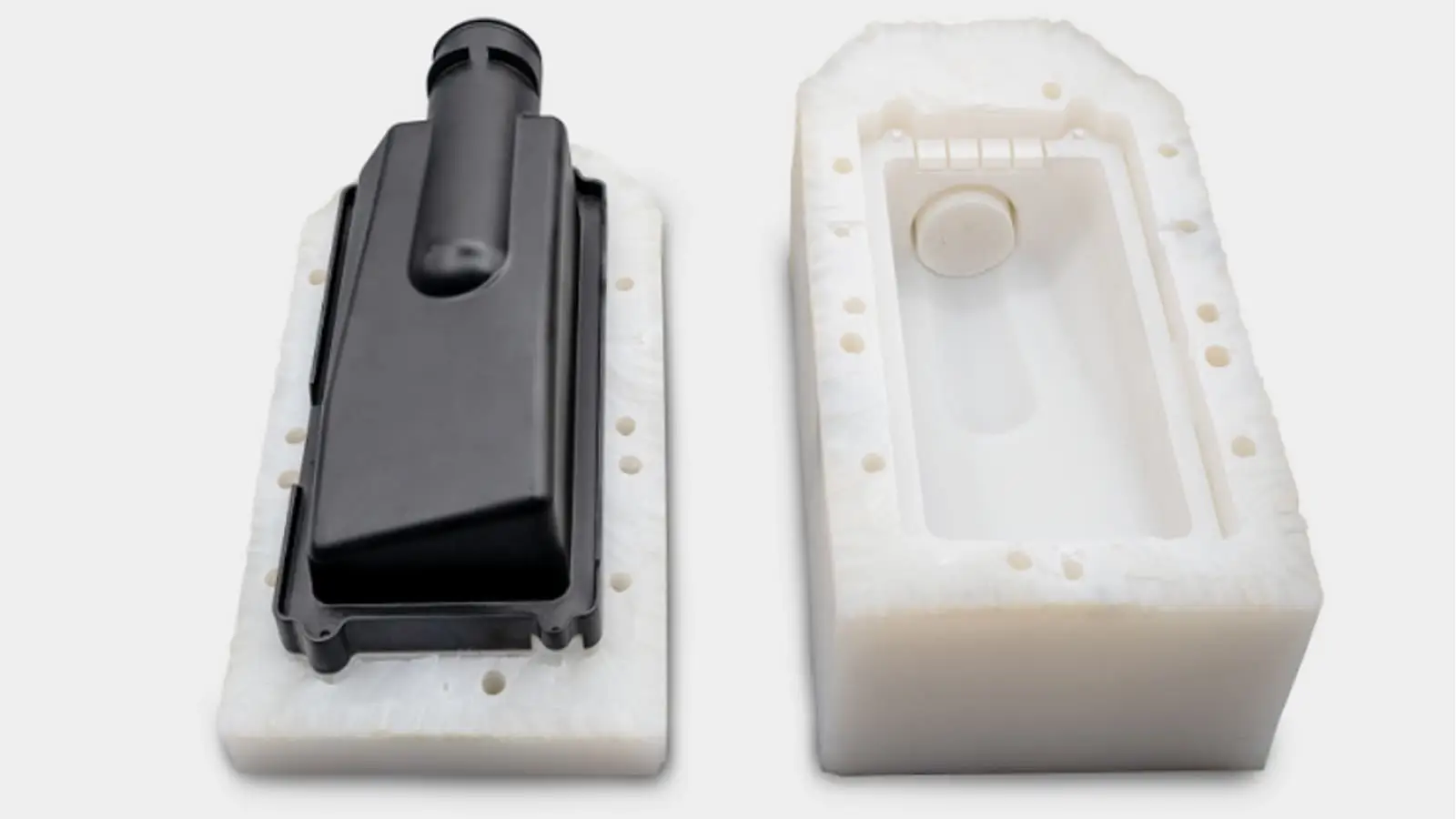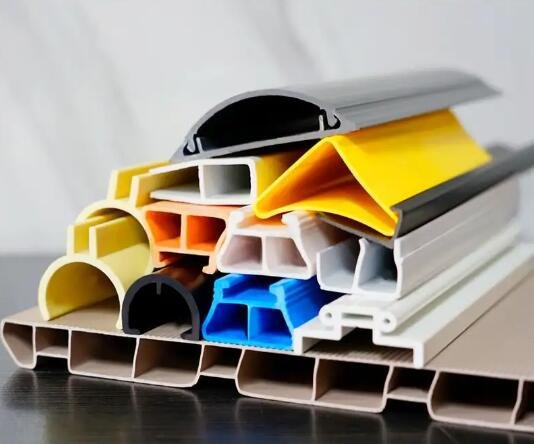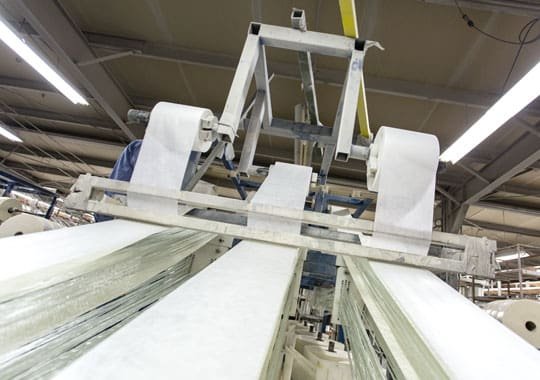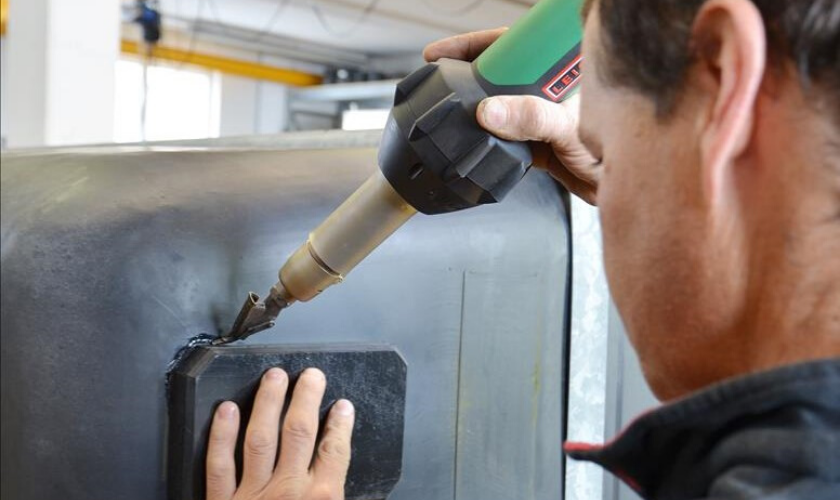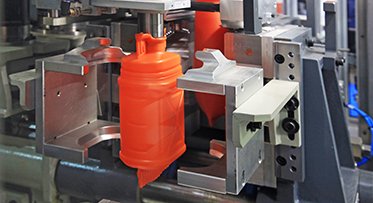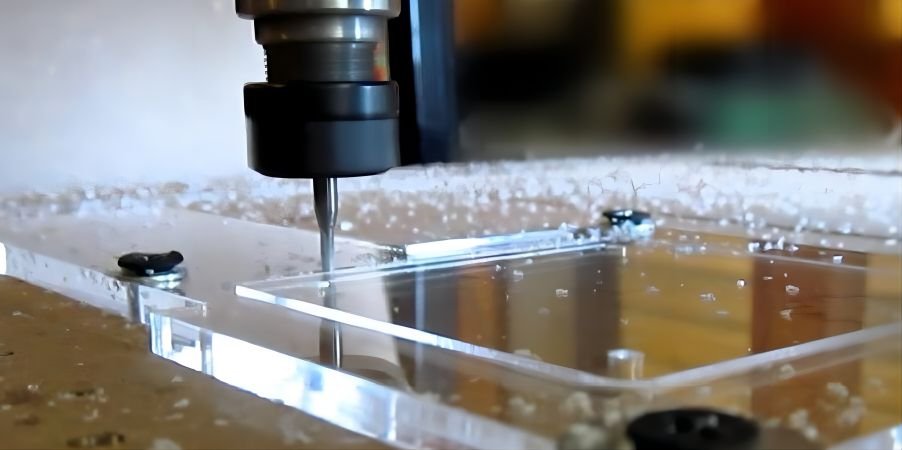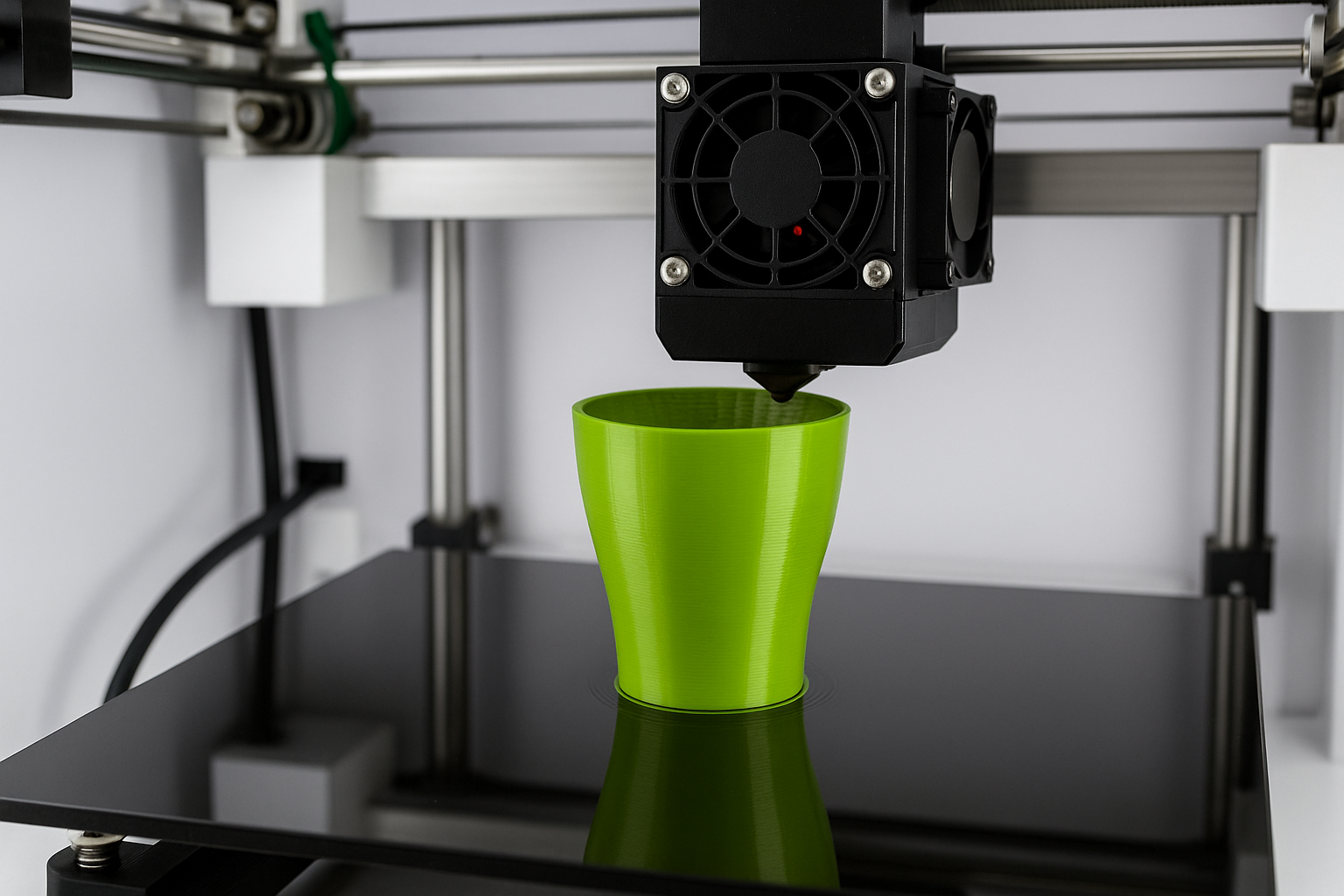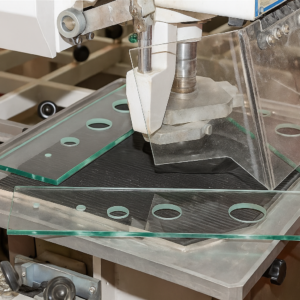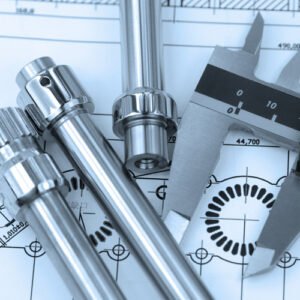Plastics are integral materials used across numerous industries, offering versatility, durabilità, ed efficacia in termini di costi. Plastic fabrication involves transforming raw plastic materials into useful components or finished products through various methods. Understanding these techniques, le loro applicazioni, and appropriate selection criteria is crucial for designers, Ingegneri, e produttori. This comprehensive guide will cover the most widely used plastic fabrication methods, materiali, and factors for method selection.
What is Plastic Fabrication?
Plastic fabrication encompasses techniques used to shape, mold, or manipulate raw plastic materials—either thermoplastics or thermosets—into finished products. Thermoplastics can be repeatedly melted and reshaped, whereas thermosets permanently set after initial forming.
Plastic fabrication processes typically involve heating, modanatura, modellando, lavorazione, or assembling raw plastic materials into defined geometries. Common fabrication techniques include injection molding, vacuum casting, estrusione, Lavorazione CNC, and additive manufacturing (3Stampa D).
Key Plastic Fabrication Methods
Stampaggio a iniezione
What is it?
Molten plastic is forced into a mold, raffreddato, and then pops out as a finished part.
When to use:
Great for producing lots of identical parts quickly—like LEGO blocks, plastic cups, and car dashboards.
Casting a vuoto
What is it?
Liquid plastic is poured into a silicone mold inside a vacuum chamber, creating detailed copies.
When to use:
Ideal for making small batches of prototypes, especially transparent or intricate designs like display cases or small electronics.
Stampaggio per soffiaggio
What is it?
A hot plastic tube (parison) is inflated inside a mold to create hollow shapes.
When to use:
Perfect for making bottles, containers, serbatoi di carburante, and other hollow objects.
Plastic Extrusion
What is it?
Hot plastic is pushed through a shaped opening (morire) to create long, continuous shapes.
When to use:
Used for tubes, tubi, infissi, and other parts with a consistent cross-section.
Plastic Pultrusion
What is it?
Plastic reinforced with fibers is pulled through a resin bath and a heated die, making strong, lightweight profiles.
When to use:
Ideal for structural supports, reinforcing rods, and durable lightweight parts like ski poles.
Plastic Welding
What is it?
Joining plastic pieces together using heat and pressure, similar to metal welding but with plastics.
When to use:
Useful for assembling complex shapes or repairing plastic items like car bumpers and electronic enclosures.
Stampaggio rotazionale (Roto-molding)
What is it?
Plastic powder inside a mold is rotated and heated, coating the mold to create hollow, even-thickness parts.
When to use:
Great for large, durable products like tanks, playground equipment, storage bins, e giocattoli.
MACCHINAZIONE CNC di plastica
What is it?
Cutting and shaping solid plastic blocks with computer-controlled cutting tools.
When to use:
Excellent for highly precise parts or prototypes with complex details—like custom medical equipment or specialized automotive parts.
3D Stampa (Produzione additiva)
What is it?
Layer-by-layer printing of plastic material to build a part directly from a digital model.
Common types:
FDM (Fused Deposition Modeling): Melts plastic filament and lays it down layer by layer.
SLA (Stereolitmicromografia): Uses a laser to harden layers of resin into precise shapes.
SLS (Selective Laser Sintering): A laser melts powdered plastic into solid shapes.
When to use:
Perfect for prototypes, parti personalizzate, and complex shapes not easily made by traditional methods.
Common Plastic Materials and their Applications
| Plastica | Proprietà | Applicazioni |
| Polietilene | Chemical resistance, leggero | Confezione, bottiglie, plastic bags |
| Polipropilene | Chemical resistance, isolamento | Strumenti medici, parti automobilistiche |
| PVC | Rigidity or flexibility, inertness | Tubi, cable insulation |
| Polistirolo | Rigidity, isolante | CD cases, confezione, isolamento |
| Policarbonato | High impact strength, transparency | Eyewear, automotive lenses |
| Acrilico (PMMA) | Optical clarity, leggero | Segni, lenti, aquariums |
| addominali | Impact resistance, resistenza al calore | Electronics cases, settore automobilistico |
| Nylon | Molta forza, resistenza all'usura | Ingranaggi, cuscinetti, tessuti |
| ANIMALE DOMESTICO | Forza, resistenza chimica | Beverage bottles, confezione |
| PTFE (Teflon) | Chemical resistance, bassa frizione | Non-stick cookware, sigilli |
Applications of Plastic Fabrication
Aerospaziale: Lightweight interior panels, finestre, cable insulation.
Settore automobilistico: Dashboards, paraurti, serbatoi di carburante, internal and external trim.
Elettronica: Device casings, cable insulation, keyboard components.
Medico: Strumenti chirurgici, impianti, diagnostic device housings.
Costruzione: Piping, isolamento, copertura, finestre, cladding.
Prodotti di consumo: Giocattoli, household utensils, confezione, mobilia.
Advantages and Disadvantages of Plastic Fabrication
Vantaggi (Professionisti):
Easy to Shape and Mold:
Plastics can be melted and shaped easily, making it straightforward to produce parts with complicated designs or unique shapes.
Affordable Production:
Making plastic parts usually costs less than metal or other materials, especially when producing large quantities. This makes plastics a popular choice for mass production.
Lightweight but Strong:
Plastic parts weigh less than metal ones, which is beneficial for many uses like cars and aircraft, where weight reduction improves efficiency and performance.
Durable and Resistant:
Plastic components generally resist rust, corrosione, and damage from chemicals. This means plastic parts can last longer in tough environments.
Highly Customizable:
Plastics can easily be made in different colors, textures, and even mixed with other materials, giving designers plenty of creative options.
Fast and Flexible Manufacturing:
Plastic fabrication methods such as 3D printing and CNC machining allow quick changes to designs and rapid production times. It’s ideal for testing new ideas and creating prototypes.
Svantaggi (Contro):
Environmental Issues:
Many plastics don’t break down naturally, leading to pollution and waste disposal problems. Recycling plastics can also be challenging.
Sensitive to Heat:
Plastics typically can’t handle very high temperatures. They can melt, ordito, or lose strength if exposed to excessive heat, which limits their use in high-temperature settings.
Lower Strength Compared to Metals:
Plastic parts generally aren’t as strong or tough as metal components, making them unsuitable for applications needing heavy load-bearing or extreme durability.
Usura:
Plastics can scratch, wear out, or degrade faster than metals, especially when exposed to sunlight (UV rays), sostanze chimiche aggressive, or repeated stress.
Initial Costs Can Be High:
Some plastic fabrication processes (like injection molding) require expensive molds or tooling upfront, which can make small-batch production costly.
Choosing the Right Plastic Fabrication Method
Know Your Plastic Type
First things first, figure out what kind of plastic you’re using. Is it flexible or rigid? Can it handle heat? Different fabrication methods work best with specific types of plastics, so pick methods that match your material.
Think About the Shape and Size
Consider the shape and size of your part. Do you need complex details or simple designs? Injection molding is great for detailed, forme complesse. Blow molding is perfect for hollow items, and extrusion works best for long, continuous shapes like tubes and pipes.
How Precise Should It Be?
Ask yourself how exact the final product needs to be. CNC machining and injection molding can give very precise dimensions, while rotational molding might be less accurate. Choose the method that matches the level of precision you need.
Check the Quality Requirements
What’s the required strength and finish of your final part? Per esempio, CNC machining gives high-quality surface finishes, while 3D printing might leave visible layers that need extra finishing.
Flexibility for Changes
Are you likely to make design changes later on? If you anticipate adjustments, choose methods like CNC machining or 3D printing, which allow quick and inexpensive changes. Stampaggio a iniezione, d'altra parte, involves expensive molds that aren’t easy to modify once made.
Budget and Costs
Think about your budget carefully. Methods like injection molding have high initial costs but become cheaper with large volumes. CNC machining and 3D printing are affordable for small quantities, but costs add up quickly for large batches.
How Quickly Do You Need Your Parts?
Consider your timeline. If you need quick turnaround, CNC machining and 3D printing often deliver faster. Injection molding might require longer setup times due to tooling but can produce parts quickly once the setup is complete.
Plastic Fabrication Service Provider Example: Massima precisione
Tops Precision specializes in comprehensive plastic fabrication solutions, compresa la lavorazione CNC, stampaggio a iniezione. Our experienced team provides detailed engineering support, garanzia di qualità, rapid turnaround, and cost-effective solutions to ensure projects meet exact specifications and standards.
Conclusione
Plastic fabrication remains indispensable across multiple industries due to its adaptability, costo-efficacia, and functional versatility. Selecting the right fabrication method involves balancing material properties, geometria in parte, precisione, volume di produzione, and budget constraints. With careful consideration and collaboration with expert providers, manufacturers can optimize plastic component production to meet their project’s exact requirements.
Domande frequenti
Q1: How do I select materials for plastic parts?
Consider application requirements, operating environment, colore, regulatory compliance, and mechanical/electrical properties.
Q2: Difference between blow molding and injection molding?
Injection molding creates solid parts via molten resin injection, while blow molding produces hollow components by inflating heated plastic tubes.
Q3: Why is a mold crucial in plastic manufacturing?
The mold provides the shape and structure for repeated and precise replication of plastic components.
Q4: Are fabricated plastic products durable?
Generalmente, plastic products exhibit good durability, though lifespan depends on material choice, fabrication method, and application conditions.
Q5: How is plastic fabrication different from plastic extrusion?
Plastic extrusion is a specific fabrication technique producing continuous cross-sectional shapes, whereas plastic fabrication broadly covers multiple shaping and molding techniques.
Q6: Plastic fabrication vs. sheet metal bending?
Plastic fabrication covers diverse techniques for shaping plastics, whereas sheet metal bending specifically involves deforming metal sheets into angles and shapes.
Per saperne di più:
Servizi di stampaggio ad iniezione di materie plastiche


